How To Exit Git Log
Using Git Log in the Command Line
Git log is a powerful command-line tool that allows you to review the commit history of a Git repository. It provides a detailed record of changes made to your codebase, enabling you to track the development process effectively. However, once you have finished inspecting the commit history, it is essential to know how to exit git log properly. In this article, we will explore various methods to exit git log and cover some frequently asked questions (FAQs) regarding this topic.
Using Git Log to Review Commit History
Before delving into the exit strategies, it is essential to understand how to use git log to review the commit history effectively. By running the following command in your terminal, you can display a concise summary of the commit history:
“`
git log
“`
This command will present a list of commits, displaying information such as the commit hash, author, date, and commit message for each entry. By default, the most recent commits will be shown first.
Navigating Git Log Output
When inspecting the git log output, you may come across a large number of commits, making navigation challenging. Here are some useful commands to navigate through the log entries:
– **J**: Move down the list
– **K**: Move up the list
– **F**: Page forward
– **B**: Page backward
– **G**: Jump to the top of the list
– **Shift + G**: Jump to the bottom of the list
– **Q**: Quit git log and return to the command prompt
Filtering Git Log Output with Specific Options
Git log provides various options to filter the commit history based on specific criteria. These options allow you to focus on relevant commits, making it easier to review the changes. Some commonly used filtering options include:
– **–author**: Show commits made by a specific author
– **–since**: Show commits since a certain date or time
– **–until**: Show commits until a certain date or time
– **–grep**: Show commits that match a specific pattern
Using Git Log to Visualize Commit Graphs
Git log can also offer a visual representation of the commit history. By using the `–graph` option, you can view the commit graph, illustrating the branching and merging of code changes. This option creates a helpful visualization of complex development workflows.
“`
git log –graph
“`
Sorting Git Log Output
By default, git log displays commits in reverse chronological order (most recent first). However, you can sort the commit history based on different criteria. Some available sorting options include:
– **–date**: Sort commits by date
– **–author-date**: Sort commits by author date
– **–topo-order**: Sort commits in topological order (based on parent/child relationships)
Limiting the Number of Commits Displayed in Git Log
When working with a repository containing numerous commits, you may prefer to limit the number of entries displayed in git log. The `–max-count` option allows you to specify the maximum number of commits to show. For example, to display only the three most recent commits, you can use the following command:
“`
git log –max-count=3
“`
Searching Git Log Output for Specific Keywords
Searching through a large git log output for commits containing specific keywords can be time-consuming. Fortunately, git log provides a `–grep` option to filter commit messages based on patterns. For example, to search for commits with the keyword “bug,” you can use the following command:
“`
git log –grep=bug
“`
Customizing Git Log Output Format
If you want to customize the git log output format, you can use the `–format` option. This enables you to display specific details in a desired format. You can use various placeholders to include commit details such as author, date, or commit message. For instance, to display only the commit hash and commit message, you can use the following command:
“`
git log –format=”%h %s”
“`
Exiting Git Log
Now that you are familiar with various features of git log, it’s time to learn how to exit git log. To exit git log and return to the command prompt, simply press the **Q** key. This will quit the log view and allow you to continue with other commands or operations.
FAQs:
Q: How do I exit git commit amend?
A: If you are in the git commit amend mode (editing the commit message), you can exit by saving and closing the file you are editing in your preferred text editor.
Q: How can I exit git revert?
A: Git revert is a one-time operation that creates a new commit to undo a previous commit. Once the revert commit is created, there is no specific exit action required. You can continue using git as usual.
Q: How do I exit git reset?
A: Git reset does not require an explicit exit. Once you have performed the desired reset operation (e.g., moving the HEAD or resetting the staging area), you can continue working with git.
Q: How can I exit git log out?
A: Git log does not have a separate “log out” command. You can simply press **Q** to exit git log and return to the command prompt.
Q: What is the command to exit git log file viewing?
A: To exit the file viewing mode while using git log, you can press **Q** to return to the regular log view.
Q: How do I exit git branch?
A: To exit the git branch listing, you can press **Q** to return to the command prompt.
Q: How can I return to a specific commit in git?
A: To return to a specific commit in git, you can use the `git checkout` command followed by the commit hash or branch name.
Q: Can git log display all commits?
A: Yes, by default, git log displays all commits in the repository. However, you can use various filtering options to limit the displayed commits based on specific criteria.
In conclusion, git log provides valuable insights into the commit history of your Git repository. By mastering the use of git log and learning how to exit it properly, you can efficiently navigate through the commit history and extract relevant information. Incorporating the knowledge in this article will help you become a more proficient Git user, improving your collaboration and code management skills.
How To Exit Git Bash Commit Message Window In Windows
Keywords searched by users: how to exit git log Exit git commit amend, Git revert, Git reset, Git log out, Git log file, Exit git branch, Back to a commit git, Git log all commits
Categories: Top 58 How To Exit Git Log
See more here: nhanvietluanvan.com
Exit Git Commit Amend
Git, the popular distributed version control system, has revolutionized the way we manage software development projects. One of Git’s most invaluable features is the ability to amend previous commits, enabling developers to make quick corrections and improvements without cluttering the commit history. In this article, we will explore the ‘Git Commit Amend’ command, its various use cases, and how it can help you become a master in managing your code revisions.
Understanding Git Commit Amend:
Before diving into the intricacies of Git Commit Amend, it’s important to comprehend the basics of Git commits. When working on a Git repository, developers create a series of commits that capture different versions of their codebase. Each commit contains the changes made and is accompanied by a unique identifier known as a hash.
However, once a commit is made, its contents become immutable. This leads to a common dilemma: what if you spot a typo or mistakenly omit certain changes in your latest commit? This is where Git Commit Amend comes into play.
Git Commit Amend allows developers to make changes to the most recent commit, modifying its contents or even adding new files. It essentially gives you the power to revise your commit, saving you from creating an additional commit just to rectify small mistakes.
Use Cases for Git Commit Amend:
1. Correcting Typos and Small Errors:
Imagine you commit your code and later realize that you have left a typo in the commit message or the name of a variable misspelled. Instead of creating a new commit just to correct these minor errors, you can simply use ‘git commit –amend’ to modify the previous commit directly.
2. Adding Forgotten Files:
There may be situations where you accidentally forget to add certain files to a commit. No worries! Git Commit Amend allows you to add these omitted files while keeping the existing commit intact. This saves you from creating a new commit solely for the missed files.
3. Reordering Commits:
Sometimes, you might find that the order of your commits isn’t optimal. Git Commit Amend enables you to rewrite your commit history and reorder commits as needed. This can be particularly useful when working in a collaborative environment or preparing a clean commit history for code review.
FAQs:
Q: Can I use Git Commit Amend on older commits?
A: No, Git Commit Amend only applies to the most recent commit. If you wish to modify older commits, you would need to resort to more advanced Git techniques like interactive rebase.
Q: Can I use Git Commit Amend to change the commit message directly?
A: Yes, Git Commit Amend provides an option to modify the commit message along with the commit content.
Q: Will using Git Commit Amend affect my remote repository?
A: If you have already pushed your commits to a remote repository, amending those commits will change their content and hash. Consequently, your remote repository will require a force-push to update the commit history.
Q: Are there any risks involved with using Git Commit Amend?
A: While Git Commit Amend is generally safe to use for local commits, amending shared commits can introduce complexity, especially in a collaborative environment. Exercise caution and consult your team before amending shared commits.
Q: Can I undo a Git Commit Amend?
A: Yes. If you mistakenly amend a commit and want to revert it entirely, you can use the ‘git reflog’ command to retrieve your previous commit state. However, this technique should be used with care and preferably in local environments.
In conclusion, Git Commit Amend is a powerful tool that empowers developers to revise their latest commit with ease. Whether it’s fixing a typo, adding forgotten files, or reordering your commit history, Git Commit Amend provides flexibility and efficiency in managing revisions. By utilizing this feature judiciously, you can maintain a clean and well-documented commit history, instilling confidence in your version control practices.
Git Revert
Introduction
When working on a software project, it is not uncommon to make mistakes or introduce bugs along the way. These mistakes can lead to undesirable effects on the codebase, resulting in unexpected behaviors and performance issues. In such situations, it becomes crucial to have a mechanism that allows developers to undo their changes and revert back to a stable state of the code. This is where Git revert shines.
Git revert is a powerful command that enables developers to undo specific commits. It’s an essential tool for maintaining the integrity of a codebase and ensuring a seamless collaboration workflow. In this article, we will explore Git revert in depth, covering its purpose, usage, and best practices.
Understanding Git Revert
The primary purpose of Git revert is to create a new commit that undoes a specific commit or a range of commits. By doing so, it allows developers to easily rollback changes made to the codebase without losing the entire commit history. Unlike other commands, such as git reset, which rewrites the commit history, git revert maintains a clear record of all changes made.
Using Git Revert
To utilize git revert effectively, it is essential to understand its syntax and usage. The basic command structure is as follows:
git revert
Here,
For example, to revert a single commit with the hash “abc123”, the command would be:
git revert abc123
Upon executing this command, Git will create a new commit that undoes the changes introduced by the specified commit. It is worth mentioning that git revert does not delete or modify any existing commits. It rather adds new commits in reverse, effectively negating the modifications made by the specified commits.
Best Practices for Using Git Revert
While using git revert, it is important to follow certain best practices to ensure a smooth workflow and maintain code integrity. Here are a few recommendations:
1. Understanding the Changes: Before reverting any commit, it is crucial to thoroughly understand the changes made by that commit. This analysis will help to identify the specific commit(s) that need to be reverted.
2. Communicate with the Team: Reverting commits can have an impact on the overall project, especially when performed in a collaborative environment. Therefore, it is essential to communicate with your team members and ensure everyone is aware of the changes being made.
3. Test the Reverted Changes: After reverting a commit, it is important to test the codebase thoroughly to ensure that the intended changes have been successfully rolled back. Running relevant tests and conducting careful code reviews can help avoid any unforeseen issues.
4. Avoid Reverting Merge Commits: Reverting merge commits can introduce complexities in the commit history and create conflicts. It is generally recommended to avoid reverting merge commits, unless the situation specifically calls for it.
FAQs
Q1. Can I revert multiple commits simultaneously?
A1. Yes, you can revert multiple commits by specifying their commit hashes in the git revert command. The commits will be rolled back in the reverse order of their appearance.
Q2. Will git revert affect other developers?
A2. No, git revert only affects the local branch where it is executed. Once the changes are pushed to the remote repository, other developers can pull the changes and synchronize their code.
Q3. Can I revert a revert commit?
A3. Yes, it is possible to revert a revert commit. This scenario is useful when a previous revert turned out to be unnecessary or caused more issues. However, it is important to carefully analyze the situation before executing such a revert.
Q4. Does git revert undo uncommitted changes?
A4. No, git revert only operates on committed changes. To discard uncommitted changes, you can use the git reset or git stash command.
Conclusion
Git revert is a powerful weapon in a developer’s arsenal to rectify mistakes and roll back unwanted changes. By understanding the syntax and best practices, developers can confidently utilize git revert to maintain code integrity and streamline their collaborative workflows. Remember to communicate with your team and conduct thorough testing to ensure a seamless integration of reverted changes. Git revert stands as a testament to the flexibility and reliability Git provides, allowing developers to navigate through the challenges of software development with ease.
Images related to the topic how to exit git log
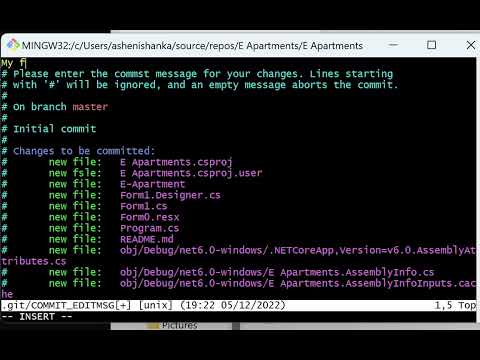
Found 45 images related to how to exit git log theme
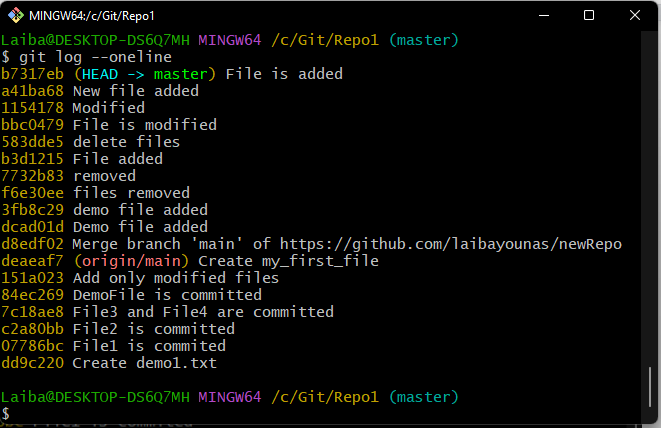




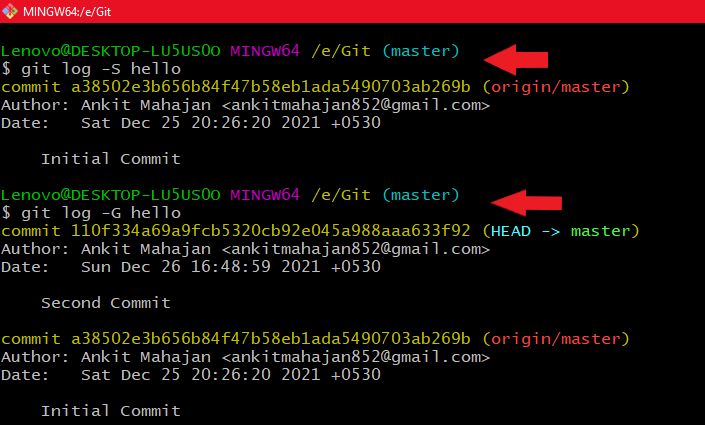
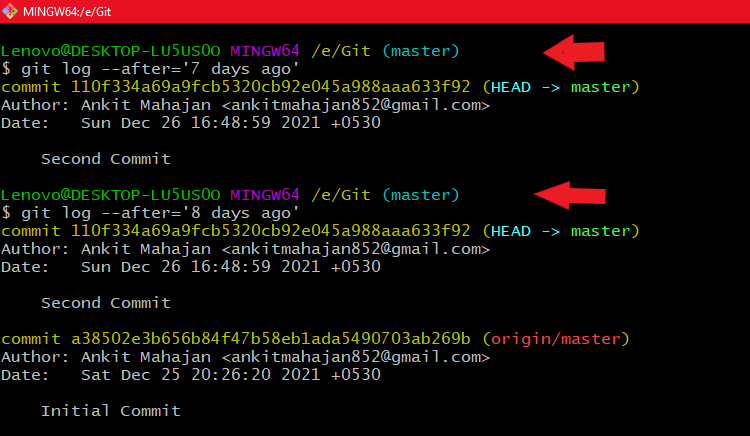
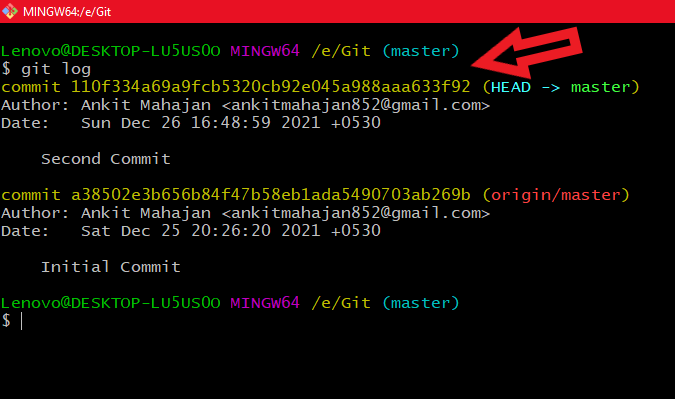





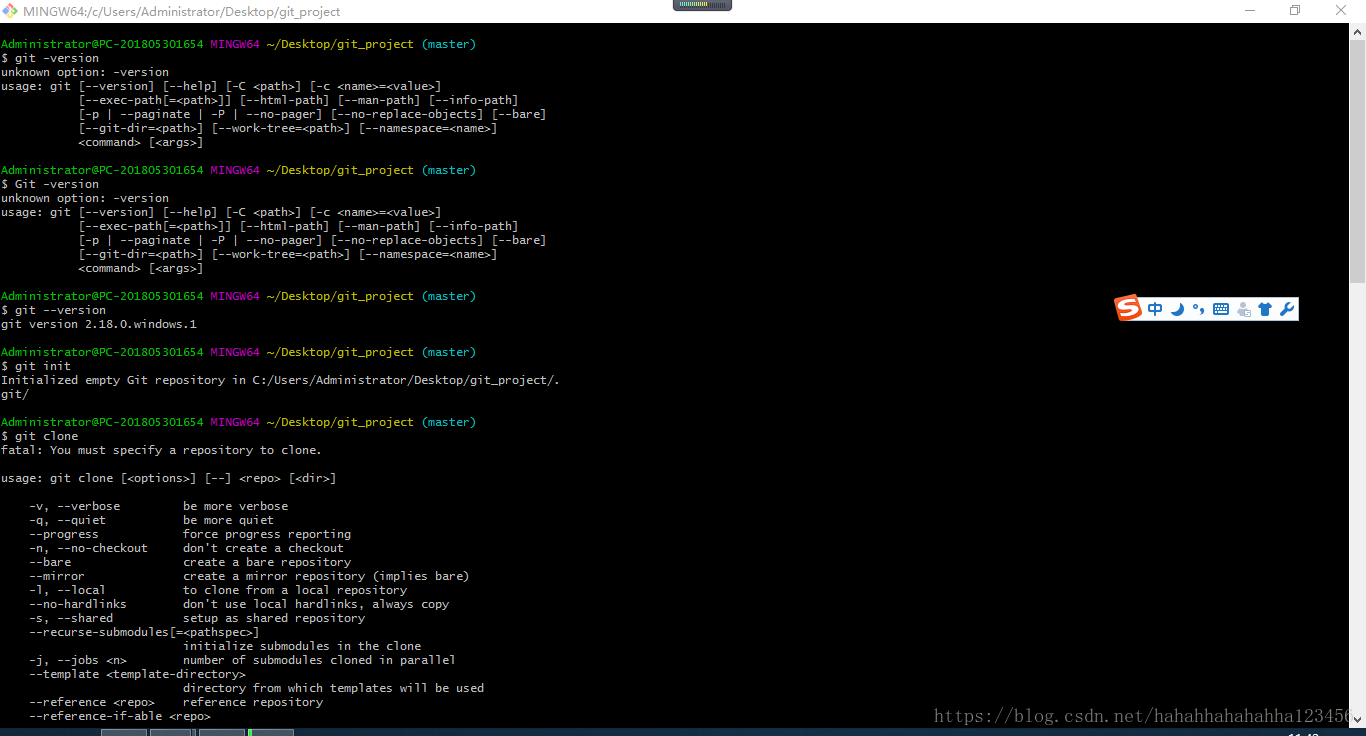
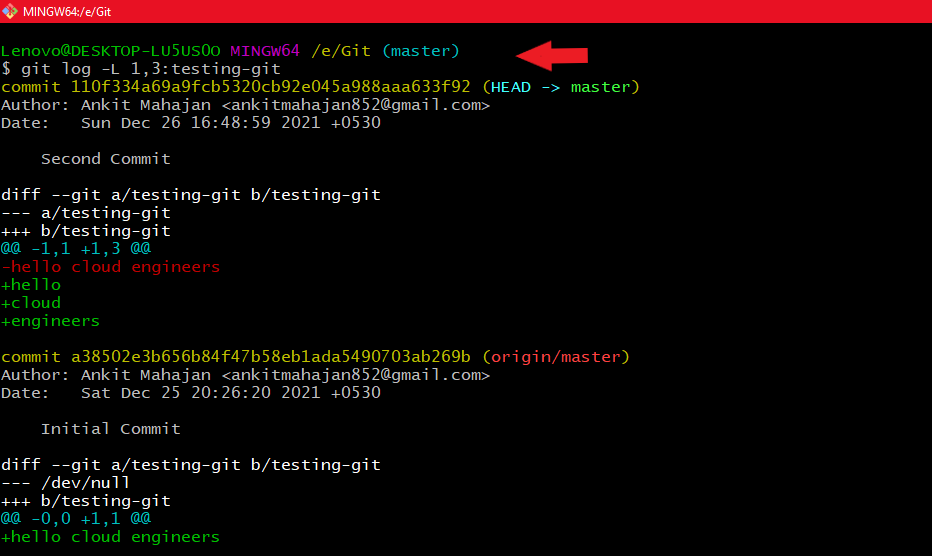



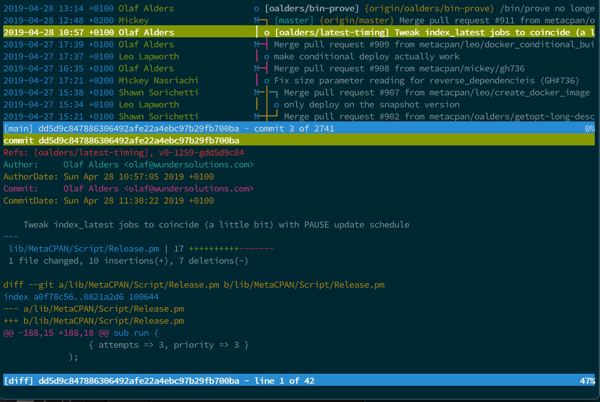

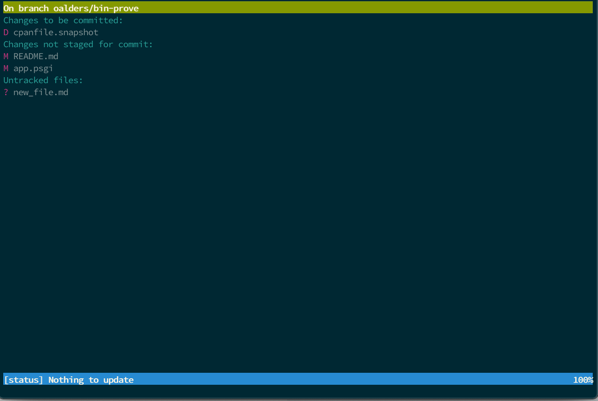








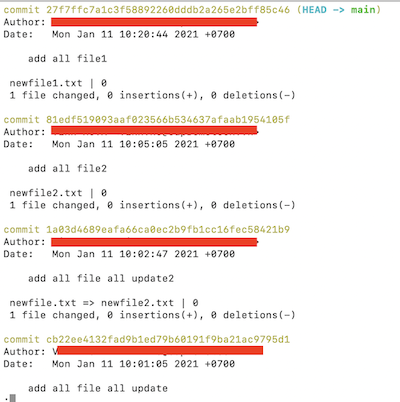
Article link: how to exit git log.
Learn more about the topic how to exit git log.
- How to Exit git log? – Linux Hint
- How to exit git log or git diff [duplicate] – Stack Overflow
- How do I exit from “git log”? – Super User
- how to exit git log? – Dirask
- How to exit git log or git diff? – Intellipaat Community
- 15 Git Hacks to Save your Life as a Developer | by GitShip
- Exiting git log with ctrl+c · Issue #39419 · microsoft/vscode
- Exiting git log or git diff – SkyTowner
- How to exit git log – OneLinerHub
- exit git log Code Example
See more: nhanvietluanvan.com/luat-hoc